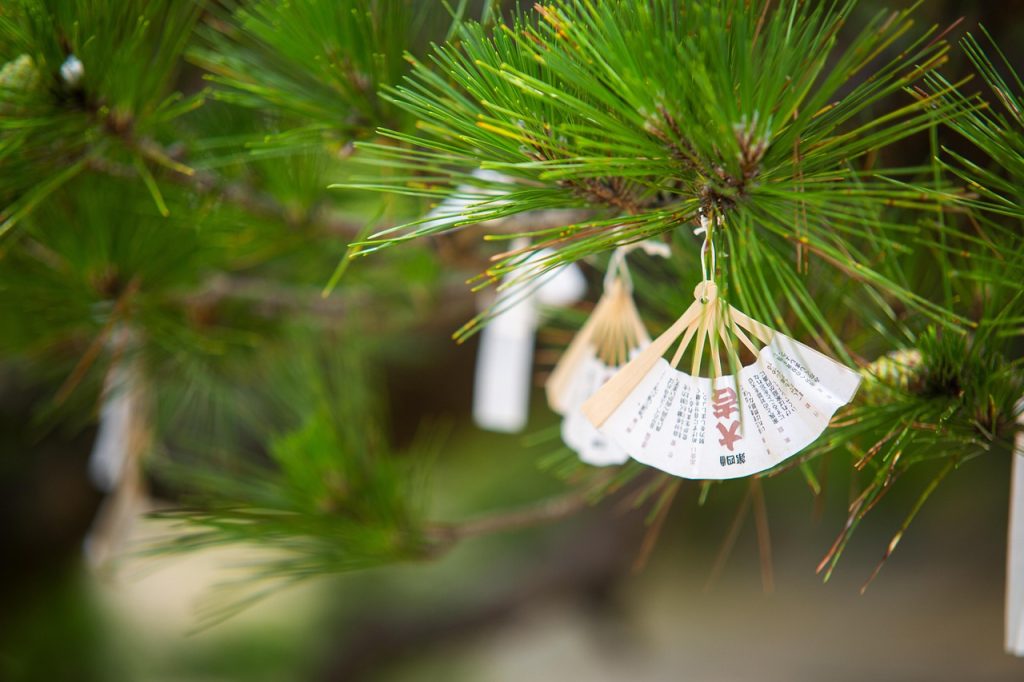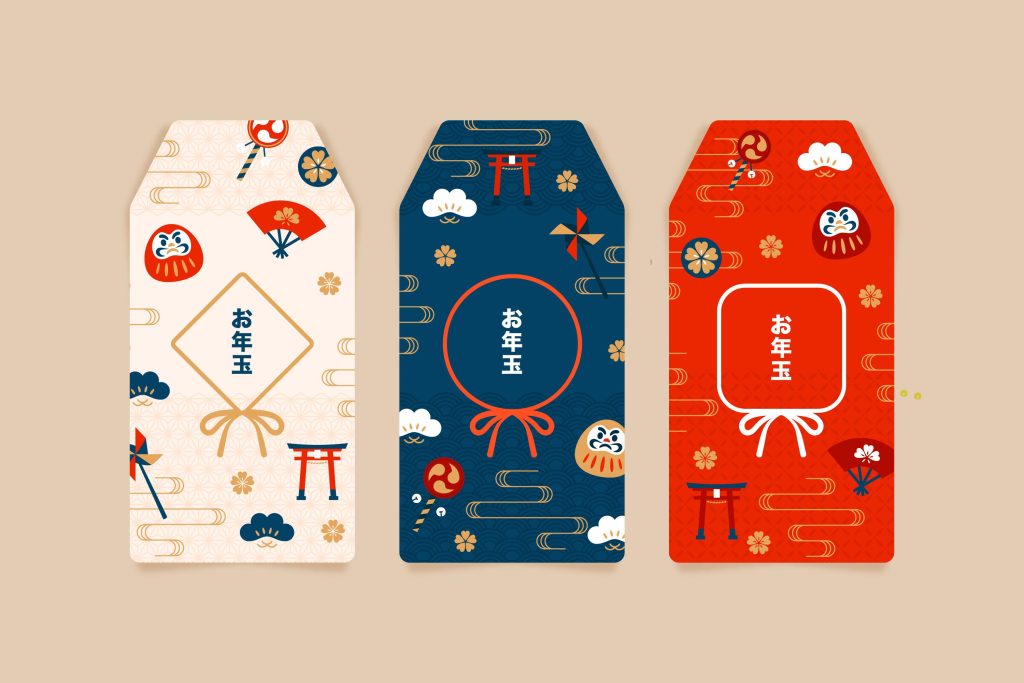
Just as many other countries in the world, the period of time around New Year is very important in Japan. In a sense, it has the same sentimental and traditional value as Christmas in western countries. After introducing useful Japanese phrases used during New Year, we’re taking you on a Japanese New Year traditions tour through this article!
How to celebrate New Year in Japan?
Japanese traditions related to New Year encompass numerous aspects that can be familial, spiritual as emblematic.
Two ways to celebrate the new year… After a bit of cleaning
Most Japanese families gather before New Year for “ōsōji” (大掃除) which consists of a big cleaning of the whole house to start the year with a fresh and clear mind. After that, there are usually two ways to spend New Year’s Eve in Japan.
One of them is to go to a shrine or a temple, wait until midnight and pray for good fortune for the coming year. The concept of going to the temple and make your first prayer of the year, “hatsumode” (初詣) in Japanese, can be observed during the whole month of January.
Another way to celebrate New Year in Japan is to stay at home with your family, get warm under a kotatsu (a wooden table covered by a futon with a heater under) and watch “kohaku utagassen” (紅白歌合戦), a singing contest that takes place every New Year’s Eve in Japan where female singers and male singers compete against each other. While doing this, families usually eat toshikoshi soba (年越しそば), which are soba eaten before midnight and serve the purpose of “going over the year” (toshikoshi).
The show goes on after midnight!
Later on, many people go out to enjoy the first sunrise of the year, also called “hatsuhinode” (初日の出). Children usually get “otoshidama” (お年玉), envelopes that contain money from their parents and grandparents.
As you may have guessed, food plays an important role during New Year in Japan, so you will see a lot of “osechi” おせち and “mochi” (餅) around, which are traditional Japanese New Year food.

Japanese vocabulary for holiday season
Last but not least, let us introduce a few words that might be useful if you need to exchange with Japanese people around that period of time. 年末年始 : Nenmatsu nenshi refers to the period of time that starts from the end of the year to the beginning of the new one. It lasts for about a week where Japanese people usually don’t go to work.
- 大晦日 : Ōmisoka, it refers to the last day of the year, New Year’s Eve.
- 元旦 : Gantan, it is used to designate the first morning of the year.
- 元日 : Ganjitsu, 1st of January.
- 三が日 : Sanganichi, the first 3 days of the year.
- 正月 : Shōgatsu, even though it refers to January, it is usually paired with Sanganichi.

Learn Japanese with your senpai!
If you wanna discover more aspects of Japanese culture and language, you can watch Mizuki-senpai’s videos on our YouTube channel at any time! In this video, she talks about New Year, useful vocabulary this specific time and traditions observed in Japan. Let us know your thoughts about Japanese New Year in the comments of the video!
